10 Terrible Stocks From President Trump's First Year
President Donald Trump has been the commander in chief for just shy of a year, having taken the oath of office on Jan.
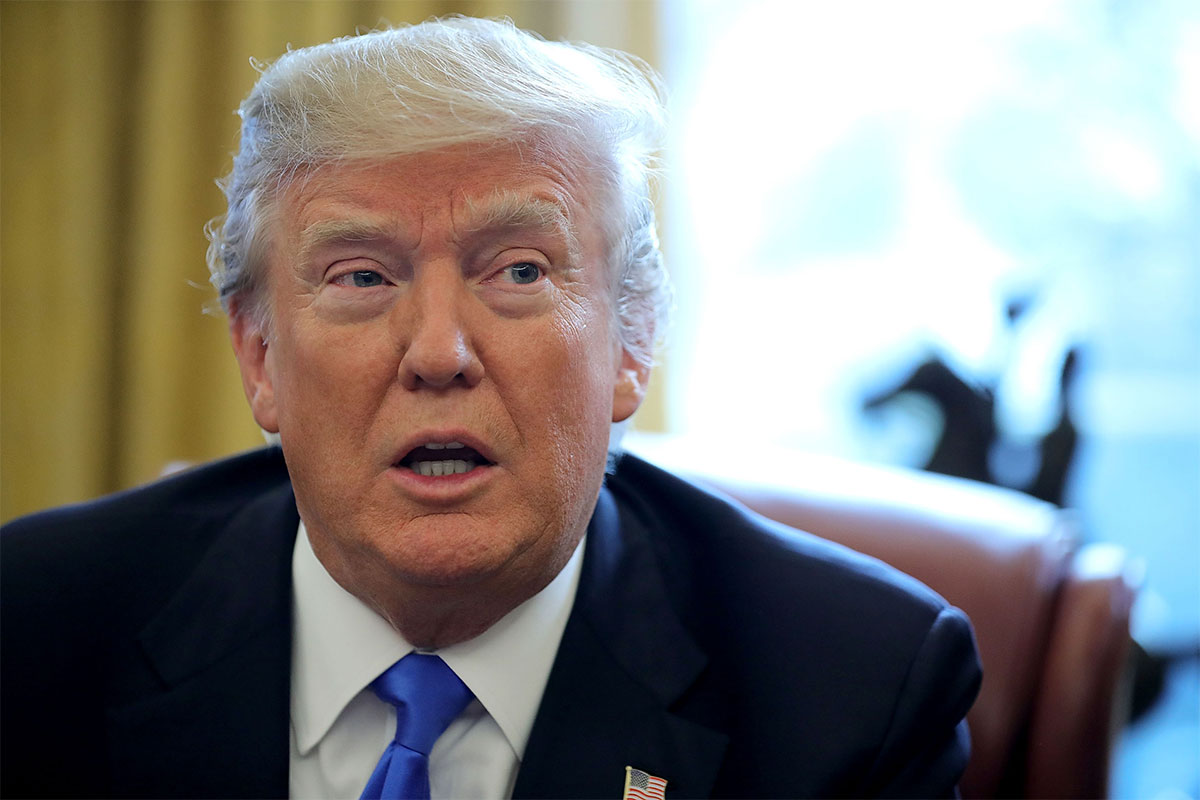

President Donald Trump has been the commander in chief for just shy of a year, having taken the oath of office on Jan. 20, 2017.
And what a raucous year it has been. On the legislative front, Republicans couldn’t quite repeal the Affordable Care Act (aka Obamacare), but they did enact sweeping tax reform. ISIS has been all but wiped out, yet North Korea has emerged as a troubling nuclear threat. The political mudslinging – some merited, and some not – has reached epic levels.
No one can deny Donald Trump has been good for the equity market, though. The Standard & Poor’s 500-stock index has rallied 23% since he was sworn in, and gained 31% since he was elected in November 2016.
It hasn’t been a banner year for all stocks, however. Some stocks missed out on the rally and managed to move in the other direction – and that’s not just biotechnology busts or companies already doomed to bankruptcy. Several woeful performers since Trump took the country’s helm have tanked because of deteriorating results and growing investor worry.
Here’s a closer look at the 10 most notable exchange-listed large- and mid-cap losers since Trump took office. Removed from the list are oil companies still buried under the rubble of 2014’s implosion, biopharma companies that whiffed on key drug trials, and organizations that have been doomed since well before Trump became president. The names left behind are uncomfortably familiar, allegedly blue-chip outfits.
Disclaimer
Data is as of Jan. 18, 2017. Click on ticker-symbol links in each slide for current share prices and more.
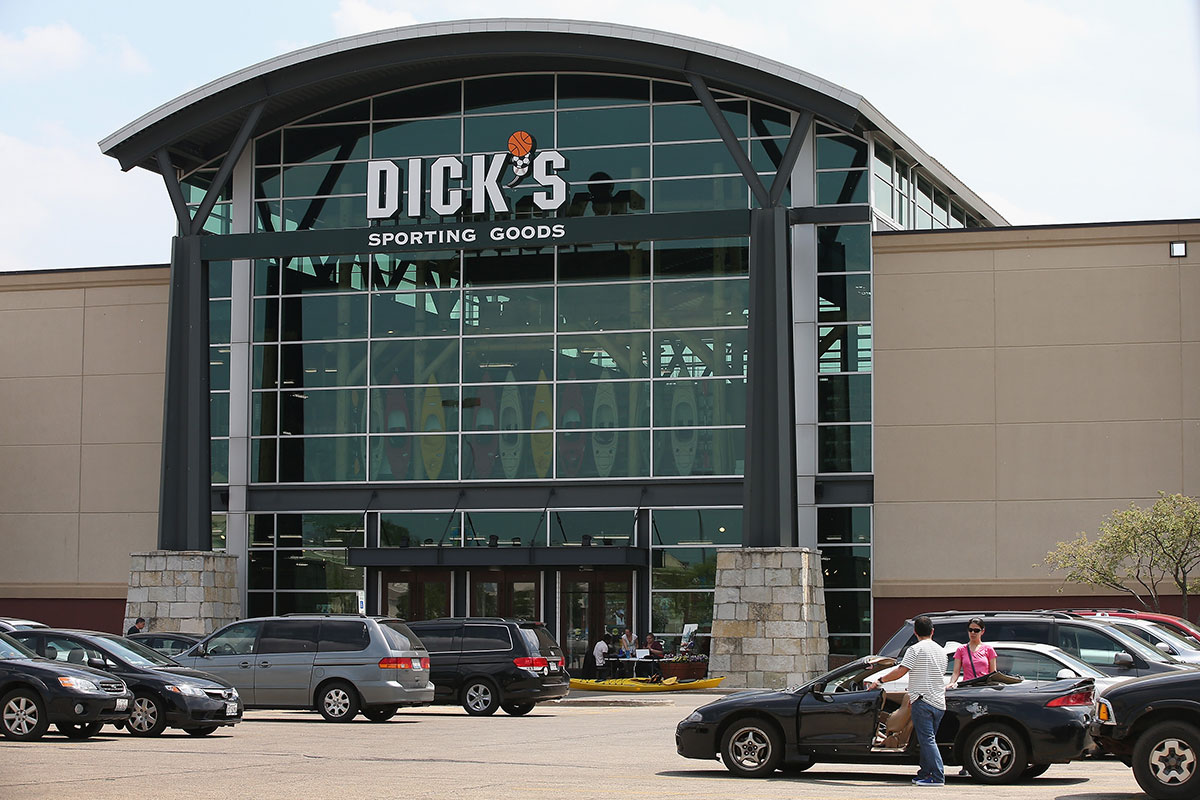
Dick’s Sporting Goods
- Performance during Trump presidency: -37.0%
Just a few years ago, Dick’s Sporting Goods (DKS, $33.04) was sitting on top of the world. Fitness was becoming the new norm, playing right into the company’s hand.
But the fitness field got real saturated, real fast. Under Armour (UAA) hit the throttle, and Dick’s – along with most of its peers and rivals – couldn’t build stores fast enough. By 2016, outfits like Sports Chalet and Sports Authority were declaring bankruptcy, and in some cases just outright closing shop.
Dick’s Sporting Goods survived, but it too felt the headwind of the glut. Gross margins steadily slipped from 31% in 2013 to what’s expected to be less than 29% this year, as the company was forced to be far more promotional. The slight dip in gross margins might be negligible for some industries, but in the world of retail where profits are generally paper-thin, those 200 basis points are a big deal.
That’s why DKS shares are down 37% over the past year.
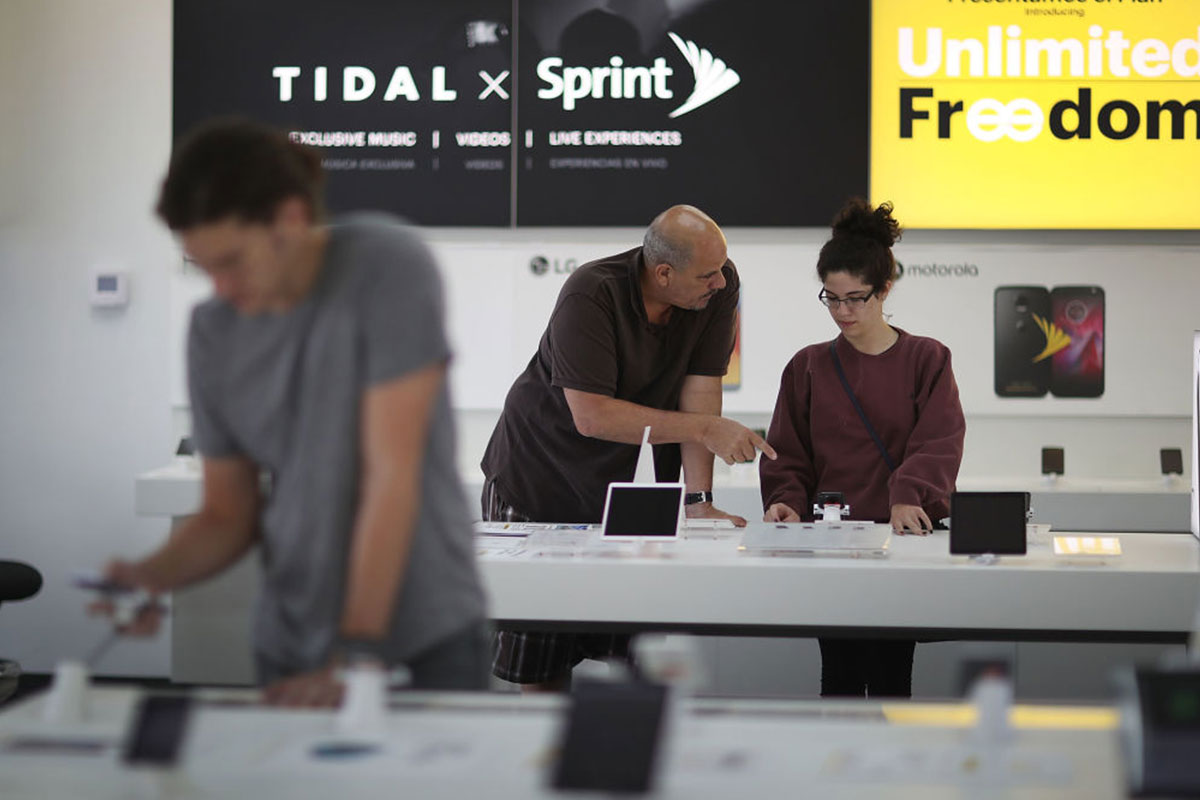
Sprint
- Performance during Trump presidency: -40.2%
Over the course of 2016, it looked like perennially-in-last-place wireless service provider Sprint (S, $5.34) might finally have dug its way out of trouble. Postpaid subscribers were growing in number, and the company’s losses were shrinking. CEO Marcelo Claure appeared to be on the right track after years of tweaking, sparking a rally of about 140% that year.
In retrospect, however, we now know all the measures weren’t sustainable.
Steep price cuts sapped the top line, negating all the cost-cutting Sprint was doing. Higher prices led to tepid customer growth. The company was burdened by debt and unable to do much with an impressive cache of spectrum, not to mention being unable to invest in its own infrastructure. Claure just couldn’t make the fiscal math work for the long-term. The decision to invest heavily in its network now, as BTIG analyst Walt Piecyk recently put it, is “several years too late.”
The end result: The little hope that was left began fading, and Sprint shares are off a little more than 40% since this time last year.
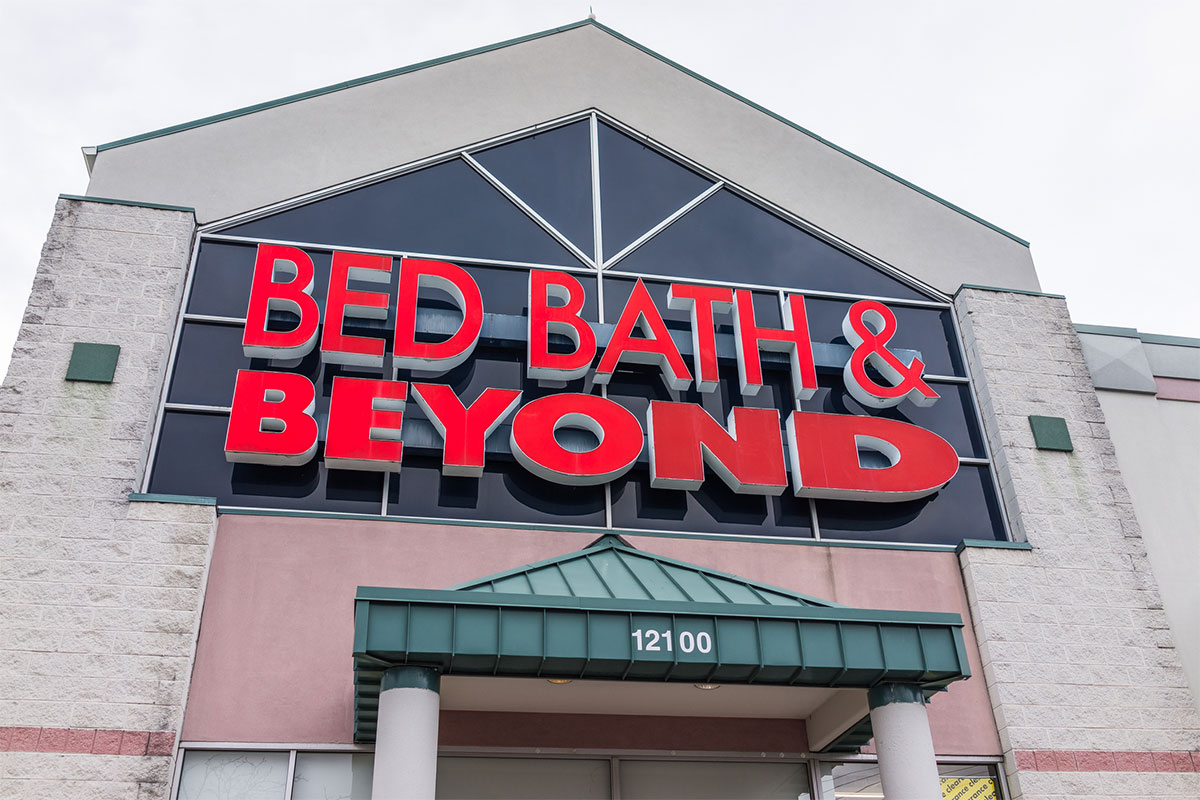
Bed, Bath & Beyond
- Performance during Trump presidency: -42.9%
It’s not exactly a secret that traditional brick-and-mortar retailers have been struggling of late, largely thanks to the increasing sprawl of Amazon.com (AMZN). But the herd is now somewhat thinned, and in light of a strong holiday spending season, it looks like the worst of the so-called retail apocalypse is in the rear-view mirror.
Problem is, Bed, Bath & Beyond (BBBY, $23.21) doesn’t appear to be on the turnaround train.
The retailer is expected to report 4.1% sales growth for the most recent quarter, which includes the all-important month of December. It also has been forced to discount heavily to drive that revenue, and analysts expect per-share profits to drop from $1.84 to $1.38 year-over-year. Moreover, Wall Street’s pros are looking for revenue growth of 1% for the next four quarters, cumulatively, with much of that coming from new store openings and the acquisition of Decorist.
BBBY still is fighting a losing battle when most of its peers aren’t. That’s why investors have sent the stock 43% lower since late January 2017.

General Electric
- Performance during Trump presidency: -45.1%
- General Electric (GE, $16.77) was at one time the quintessential, iconic American company. Not anymore. GE has fallen out of favor, and fallen hard, with shares losing 45% of their value since Jan. 20 of last year, and some sources telling CNBC and other outlets that a company split might be in the offing.
The selloff was driven by multiple factors, including the exit of well-respected but increasingly ineffective CEO Jeff Immelt stepping down in October (any such change, even if for the better, is disruptive) and the decision by new CEO John Flannery to cut the company’s dividend in half. The red flags started to wave in earnest much earlier in the year, though, when the company’s cash flow rolled in at negative $1.6 billion versus an expected outlay of only $600 million.
Those maneuvers and the shrinking cash-stash aren’t in and of themselves the problem, however. They’re symptoms of the true problem, which is waning relevance and marketability – something that could take some time to be restored.
As former GE Power Systems chief Robert Nardelli recently told Bloomberg, “John Flannery has stepped in and, God love him, he’s got a Herculean task – I think – to get the ship turned in a more profitable direction.”
The market certainly seems to feel the same way.

Envision Healthcare
- Performance during Trump presidency: -48.1%There’s no two ways about it: 2017 was a miserable year for Envision Healthcare (EVHC, $34.86) and shareholders of the medical services outfit. EVHC has been nearly halved over the past year, plagued by lawsuits, terrible PR and deteriorating results.
The catalyst for the meltdown – and all of its ancillary outcomes – was a settlement it made after being accused of overcharging for emergency room visits at hospitals associated with Health Management Associates. It settled with the Department of Justice for $31 million, and tacitly admitted guilt by vowing to make changes to its billing practices.
The mere implication, however, has proven problematic. In November, Envision reeled in the 2017 revenue outlook for its physician services segment, underscoring its abnormally high debt burden and operating expenses that aren’t being abated by a handful of recent acquisitions. Throw in the fact that shareholders are now prepping a lawsuit against the organization for breach of fiduciary duties, and it’s clear Envision is fighting a difficult battle.

Opko Health
- Performance during Trump presidency: -49.1%
Drug and diagnostics company Opko Health (OPK, $4.40) was sitting on top of the world just a few years ago. Sales and profits were on the rise, and the 2015 acquisitions of BioReference Laboratories and EirGen had investors stoked about the future.
In retrospect, those two deals weren’t quite the panacea they were expected to be. Sales were on pace to fall a little in 2017, and Opko’s net loss is projected to have widened from 5 cents per share to 25 cents. Shares are down 49% for the past year, reflecting the ongoing contraction of the top line.
Things are expected to get better. Cantor analyst Louise Chen noted after the release of Opko’s disappointing third quarter:
“Despite these weaker than expected sales, our investment thesis remains intact, and we continue to think that the long term sales and earnings potential of the company’s business are underappreciated and that upward earnings revisions in 2018+, to levels not reflected in consensus expectations, should drive the stock higher. We expect upward earnings revisions to be driven by: 1) the uptake of Rayaldee, 2) commercialization of OPK’s branded drug pipeline, and 3) BioReference sales growth and margin expansion.”
Analysts are collectively calling for 13% sales growth this year, driving an improvement in the bottom line. But that’s not much solace to shareholders who have ridden the stock drastically lower.

Mattel
- Performance during Trump presidency: -49.3%
The toy business just isn’t what it used to be, as toymaker Mattel (MAT, $15.23) knows all too well. Not even the recently gift-giving holiday, which caters to kids, could give the industry a boost. BMO Capital Markets analyst Gerrick Johnson believes toy sales fell year-over-year this Christmas shopping season, while spending on all other retail fronts appeared to improve. It’s a trend that has translated into disappointing quarterly numbers from Mattel for most of the year.
The basis for the company’s – and the industry’s – slow deterioration is multi-pronged.
One of those prongs is the advent of kid-friendly electronics and game consoles, where Mattel isn’t well-represented. Another prong is the democratization of toy distribution. Amazon.com and other online venues have made it just as easy for consumers to buy Chinese-made alternatives more cheaply than U.S.-made goods.
The recent bankruptcy declaration from Toys R Us is evidence of this headwind, but also a threat to Mattel in and of itself. While the retailer remains in operation its future is tentative, and vendors have been hesitant to continue extending credit. With that burden exacerbating an already-tough problem at the same time Mattel’s competitors have gotten a leg up and electronics become a favorite plaything, shares are down by nearly half in 12 months.

AmTrust Financial Services
- Performance during Trump presidency: -52.2%
Shares of property and casualty insurer AmTrust Financial Services (AFSI, $12.70) are off 52% from where they were this time in 2017 – even with a 25% gain sparked by a buyout offer from Stone Point Capital that would take the company private.
It would be easy to assume AmTrust’s profit struggles stem from an unusually brutal hurricane season last year, which included landfalls from Harvey, Irma and Maria, which devastated Puerto Rico. Truth be told, those storms didn’t help. The company announced in October that its net loss exposure for that ill-fated third quarter was between $40 million and $65 million.
In the grand scheme of things, however, that’s not a debilitating blow. AmTrust was in trouble as early as 2016, when it became clear that the math of its accounting and underwriting didn’t quite add up. The company had been consistently underestimating potential “adverse developments.”
By the way, an acquisition that would privatize the company is neither guaranteed to be permitted, nor guaranteed to solve the insurer’s financial problems.
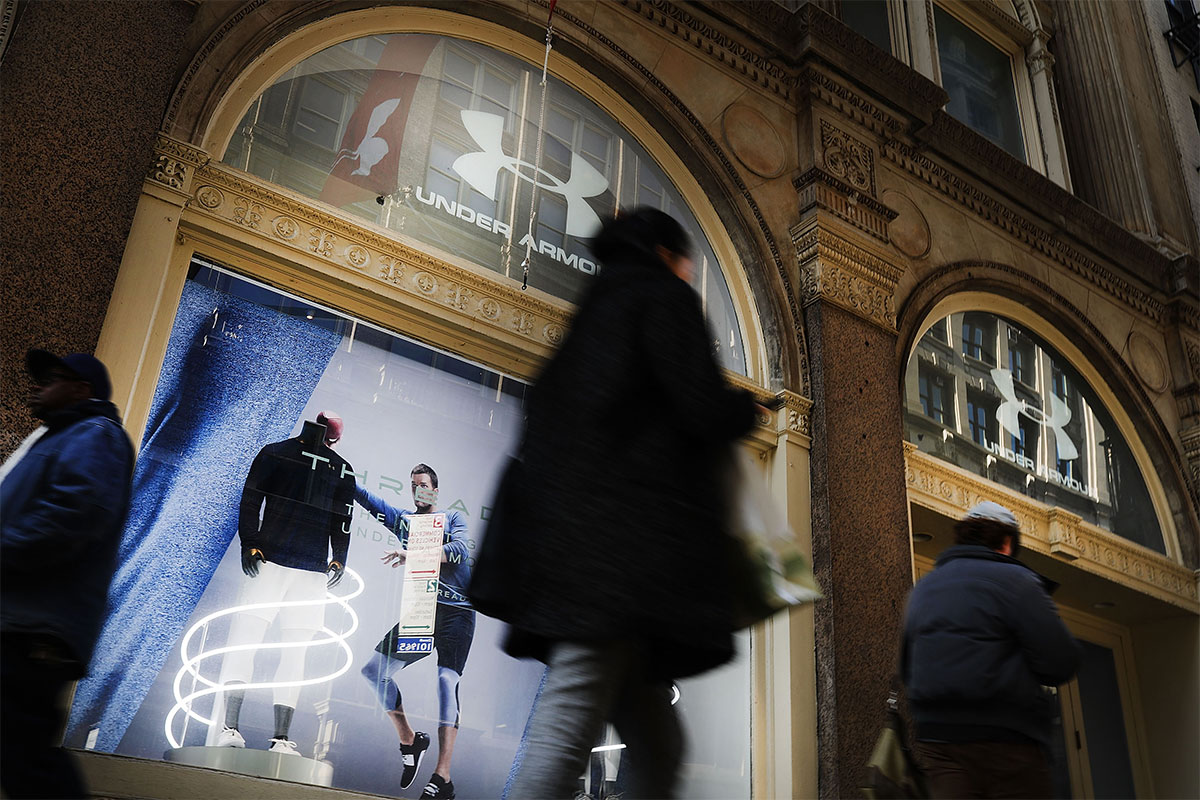
Under Armour
- Performance during Trump presidency: -52.8%
Susquehanna analyst Sam Poser didn’t pull any punches earlier this month when he explained of his downgrade of Under Armour (UAA, $13.70):
“Given the poor brand management, top-line revenue increases, which have slowed to +LSD (low single digits), and an uncertain future, we see no reason why UAA deserves to trade near its historic multiple.”
About a week later, Macquarie also downgraded Under Armour, citing many of the same doubts about the company’s future. Indeed, Macquarie analyst Laurent Vasilescu thinks sales could slide a little lower this year, forcing the sports apparel brand to do some fundraising.
More than that, though, the downgrades are the culmination of – and reflection of – years of poor spending decisions and failure to plan for competitive or cyclical headwinds.
The downgrades were also the proverbial straw that broke the camel’s back ... especially the one from Susquehanna. Tumbling nearly 9% in response, Under Armour is now down 53% from where it was trading a year earlier.

Tesaro
- Performance during Trump presidency: -56.5%
Last but not least, Pharmaceutical company Tesaro (TSRO, $63.50) just can’t catch a break.
It’s not a lack of sales growth. Quite the opposite. The top line has ramped up from roughly $45 million in 2016 to 2017’s projected total of $230 million, and the pros are looking for 2018 sales of $404 million. While Tesaro still is booking losses (not unusual for a young biopharma outfit), those losses are expected to shrink as Tesaro gains scale.
The reason TSRO shares have fallen 56% in a year is that investors got more than a little ahead of themselves – and the company’s drug portfolio – in 2016. Shares rallied 320% from Jan. 20, 2016, through Trump’s inauguration in response to the improving approval prospects for ovarian cancer drug Niraparib. But once they looked back, traders realized the market cap and the actual revenue opportunity at hand didn’t jibe.
November’s approval of nausea treatment Varubi should help the company’s revenue catch up with the stock’s valuation. But that won’t change TSRO’s lousy performance since January 2017.
Get Kiplinger Today newsletter — free
Profit and prosper with the best of Kiplinger's advice on investing, taxes, retirement, personal finance and much more. Delivered daily. Enter your email in the box and click Sign Me Up.

-
 Customer Services are Strained at the SSA, You Should Plan Around These Federal Holidays
Customer Services are Strained at the SSA, You Should Plan Around These Federal HolidaysIf you have a question or need information from a federal agency, check the federal holiday schedule to make sure you get your business done before they close.
By Donna LeValley
-
 Stock Market Today: No 'Powell Put'? No Problem
Stock Market Today: No 'Powell Put'? No ProblemInvestors, traders and speculators look beyond both another Trump post and more signs of slowing economic activity.
By David Dittman
-
 The Cheapest Places To Retire in the US
The Cheapest Places To Retire in the USWhen you're trying to balance a fixed income with an enjoyable retirement, cost of living is a crucial factor to consider.
By Stacy Rapacon
-
 Can Stocks Picked by Artificial Intelligence Beat the Market? 3 Stocks to Watch
Can Stocks Picked by Artificial Intelligence Beat the Market? 3 Stocks to Watchstocks An artificial intelligence stock-picking platform identifying high-potential equities has been sharp in the past. Here are three of its top stocks to watch over the next few months.
By Dan Burrows
-
 5 Stocks to Sell or Avoid Now
5 Stocks to Sell or Avoid Nowstocks to sell In a difficult market like this, weak positions can get even weaker. Wall Street analysts believe these five stocks should be near the front of your sell list.
By Dan Burrows
-
 Best Stocks for Rising Interest Rates
Best Stocks for Rising Interest Ratesstocks The Federal Reserve has been aggressive in its rate hiking, and there's a chance it's not done yet. Here are eight of the best stocks for rising interest rates.
By Jeff Reeves
-
 The 5 Safest Vanguard Funds to Own in a Volatile Market
The 5 Safest Vanguard Funds to Own in a Volatile Marketrecession The safest Vanguard funds can help prepare investors for continued market tumult, but without high fees.
By Kyle Woodley
-
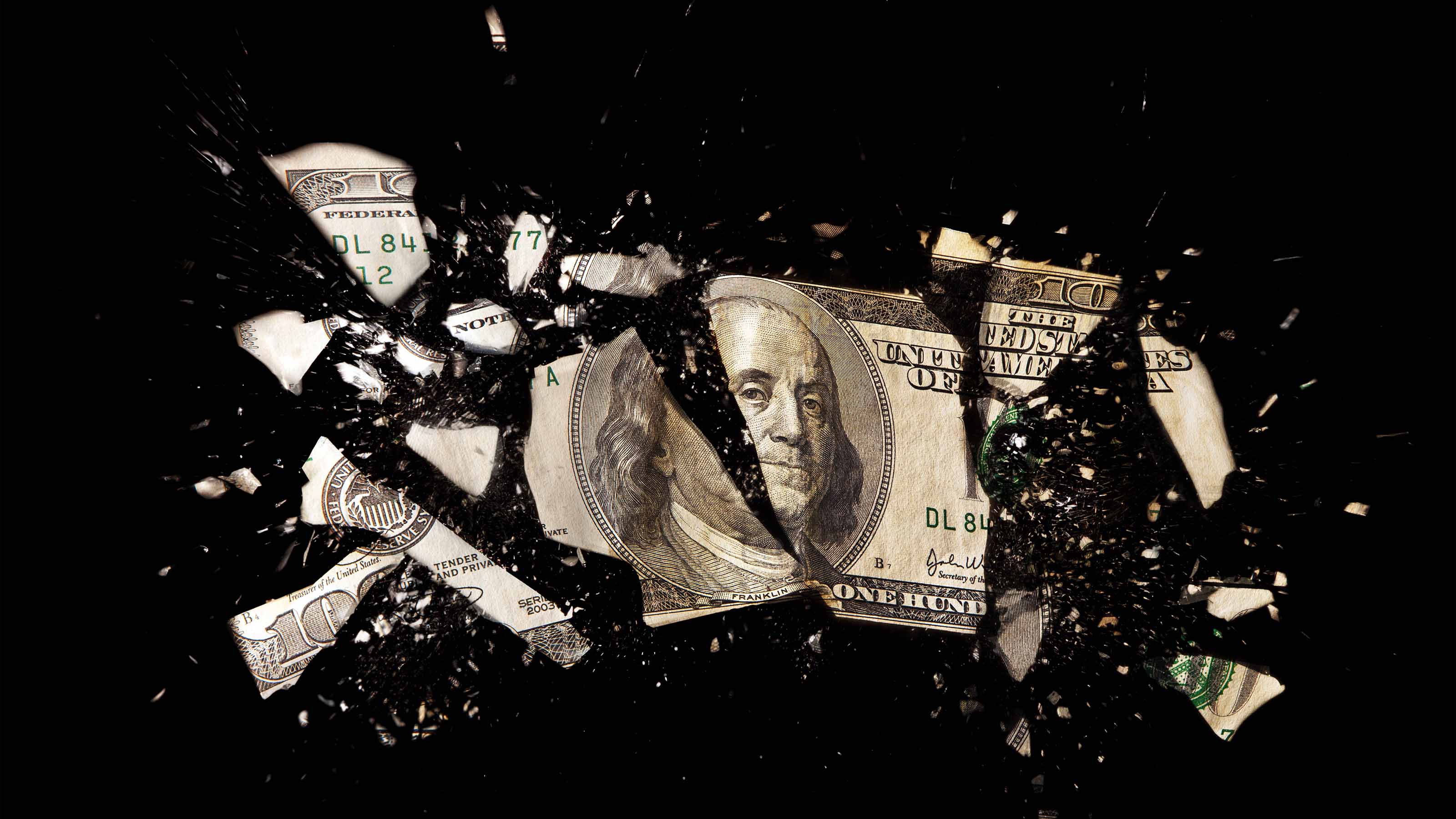 The 5 Best Inflation-Proof Stocks
The 5 Best Inflation-Proof Stocksstocks Higher prices have been a major headache for investors, but these best inflation-proof stocks could help ease the impact.
By Louis Navellier
-
 5 of the Best Preferred Stock ETFs for High and Stable Dividends
5 of the Best Preferred Stock ETFs for High and Stable DividendsETFs The best preferred stock ETFs allow you to reduce your risk by investing in baskets of preferred stocks.
By Kyle Woodley
-
 What Happens When the Retirement Honeymoon Phase Is Over?
What Happens When the Retirement Honeymoon Phase Is Over?In the early days, all is fun and exciting, but after a while, it may seem to some like they’ve lost as much as they’ve gained. What then?
By T. Eric Reich, CIMA®, CFP®, CLU®, ChFC®
